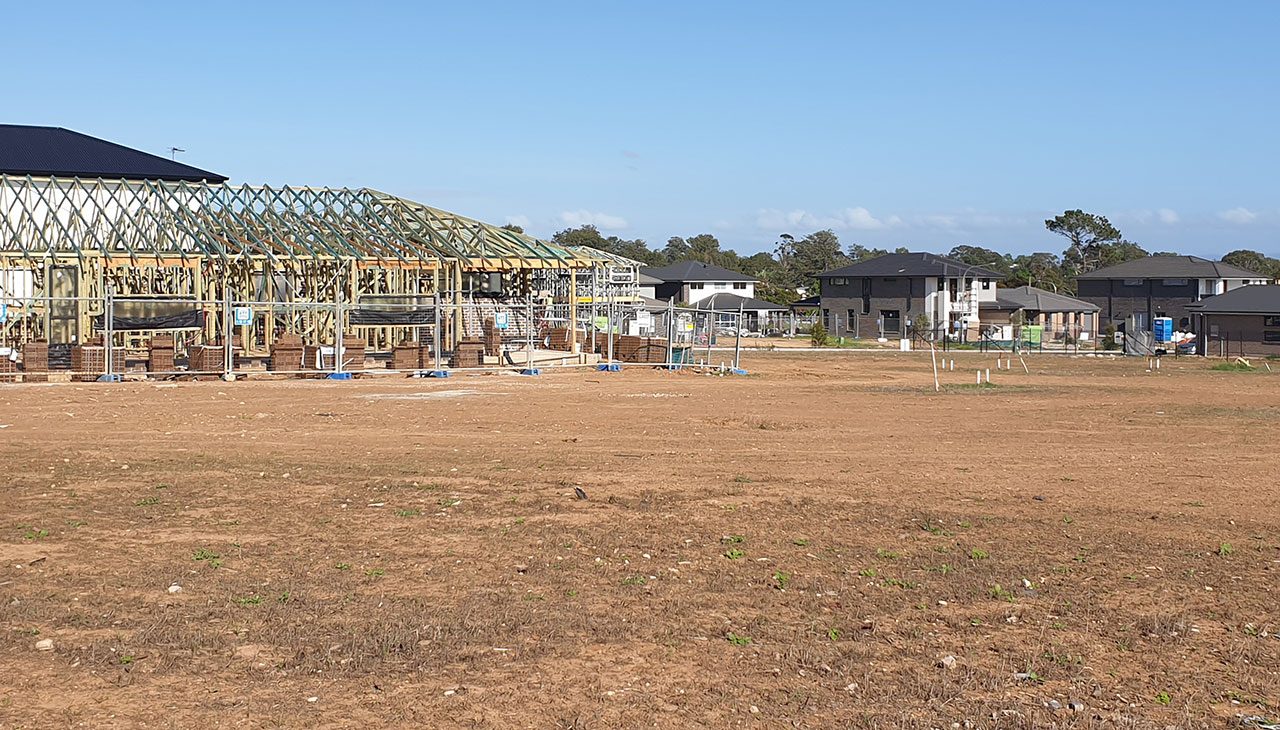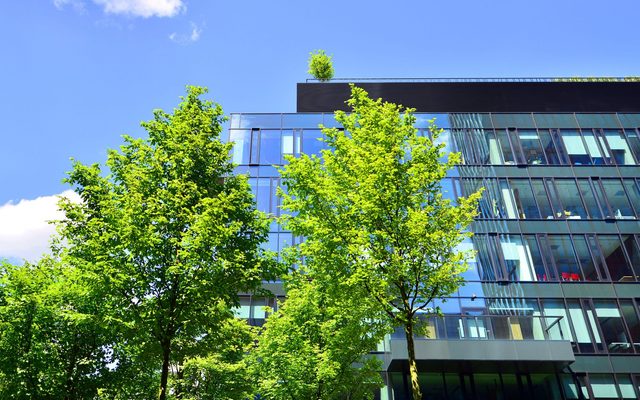This article is from the Australian Property Journal archive
AS Australia weathers a housing shortage and prepares to welcome a record intake of migrants, building approvals have fallen to their lowest number since 2012 – and could fall further in response to the Reserve Bank’s interest rate hikes – prompting calls for parties to work out a deal for Labor’s $10 billion Housing Australian Future Fund.
Australian Bureau of Statistics (ABS) data for the March quarter showed a 0.1% drop in the total number of dwellings approved, driven a 2.8% fall in approvals for detached homes, which remain 15.0% lower than a year earlier.
Apartments and townhouses increased 5.6%, following a 9.7% decrease in February, suffering and the weight of construction cost blowouts, labour uncertainties, increased compliance costs and taxes on investors.
The numbers mean the March quarter saw the lowest number of building approvals in 11 years. Lending for the purchase or construction of a new home remains at its lowest level in 15 years.
“This continues the long-lagged response of Australian homebuyers to the RBA’s interest rate hiking cycle, with further declines expected in the coming months,” said HIA senior economist, Tom Devitt.
“The adverse impact of last year’s cash rate increases is still to fully flow through to the official data. Further cash rate increases this year will have only added further weight to these declines.”
“These disappointing approvals numbers are occurring as population growth surges with the return of overseas migrants, students and tourists.”
Australia is expected to welcome 400,000 people this year in net terms, driven by students coming into the country after the removal of COVID border controls, with another net surge of 315,000 next year.
“This imbalance will see the affordability and rental crisis deteriorate further,” Devitt said.
Call for Senators to strike deal
Master Builders Australia CEO Denita Wawn said the government has an opportunity in tonight’s budget to be fiscally responsible and target measures to alleviate the housing crisis.
“We hope the Senate reviews today’s data as they debate the Housing Australia Future Fund this week. Parliament has an opportunity to send the right signal and kick-start a vital piece of housing reform.
Labor is in a stand-off with the Greens over the size of its $10 billion Housing Australia Future Fund, which the government is hoping to pass through the upper house by Thursday night. While it has wrangled the votes of independent Senator David Pocock and the Jacqui Lambie Network, the Greens have been harsher in their demands for more than $500 million in returns to be spent on social and affordable housing each year. The government says the fund will deliver 30,000 new dwellings in the first five years.
“We know some members of the crossbench are looking for more funding, and while that would be welcome, it cannot come at the expense of doing nothing at all as each month of building data heads in reverse,” Wawn said.
Greens leader Adam Bandt told reporters yesterday that “there is not a guaranteed dollar amount that will be spent on housing” under the fund’s proposed structure.
“If the fund loses money like it did last year, then there is no money spent on public housing.
“Even if the fund comes into effect, you won’t see a single house built before the next federal election and at the end of the fund, the waiting list is going to be longer than it is now.”
The ABS data showed total building approvals were down year-on-year across almost all the jurisdictions in the March quarter Decreases were led by New South Wales (down by 34.1%) and Victoria (by 26.6%), followed by Western Australia (14.9%), Tasmania (10.8%) and South Australia (5.7%), while Queensland increased by 8.6%.
The ACT saw a decline of 35.3% and Northern Territory of 19.1%.




